An accurate diagnosis of the morphology of the root canal system is crucial in order to obtain a successful root canal treatment. The prevalence of three canals with three separate […]
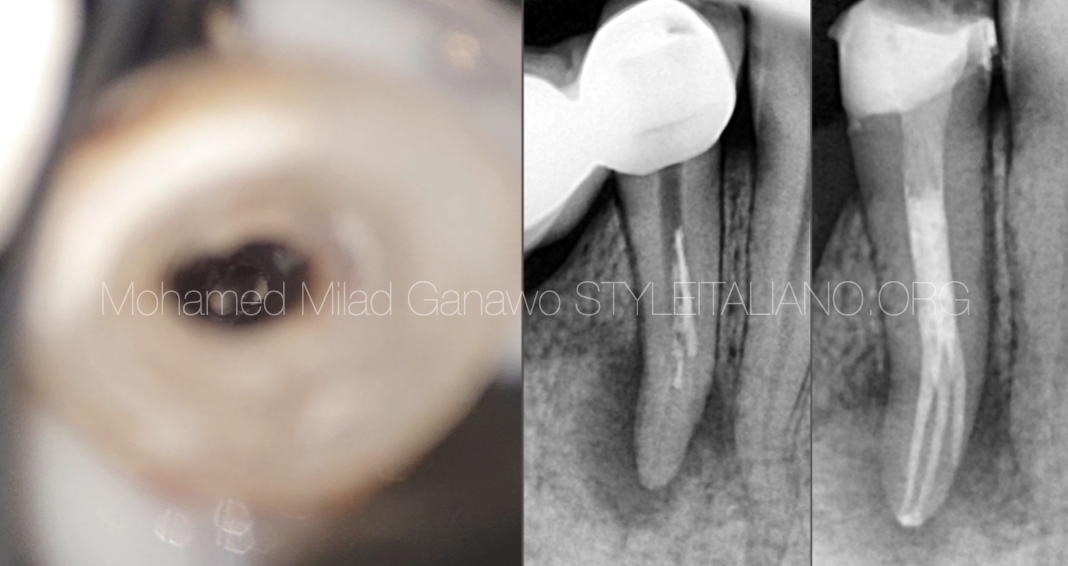 Management of the complex anatomy of a lower first premolar
Management of the complex anatomy of a lower first premolar
An accurate diagnosis of the morphology of the root canal system is crucial in order to obtain a successful root canal treatment. The prevalence of three canals with three separate […]
 Management of a retreatment case (RADIX ENTOMOLARIS) with FANTA AF F ONE ESSENTIAL KIT
Management of a retreatment case (RADIX ENTOMOLARIS) with FANTA AF F ONE ESSENTIAL KIT
A more reflecting practical definition of non surgical retreatment by Car was described as a procedure performed on teeth that received failed prior attempts at definitive root canal treatment, requiring […]
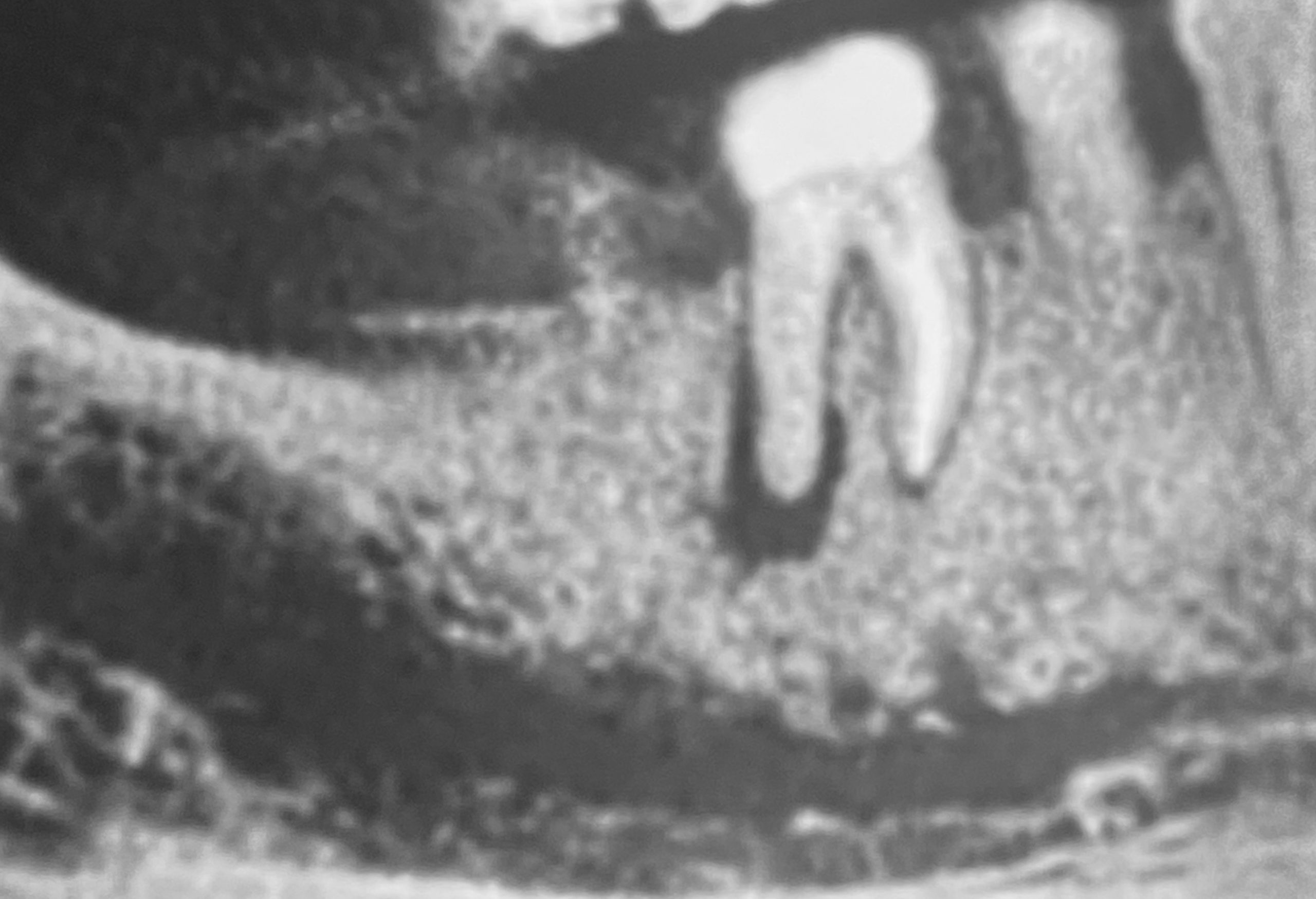 Management of Missed Canal Part 1: Lower First Molar
Management of Missed Canal Part 1: Lower First Molar
It is reported that almost 40% of retreatment with chronic apical periodontitis or symptomatic apical periodontitis are due to missed canals. Karabucak & all reported in 2016 an overall incidence […]
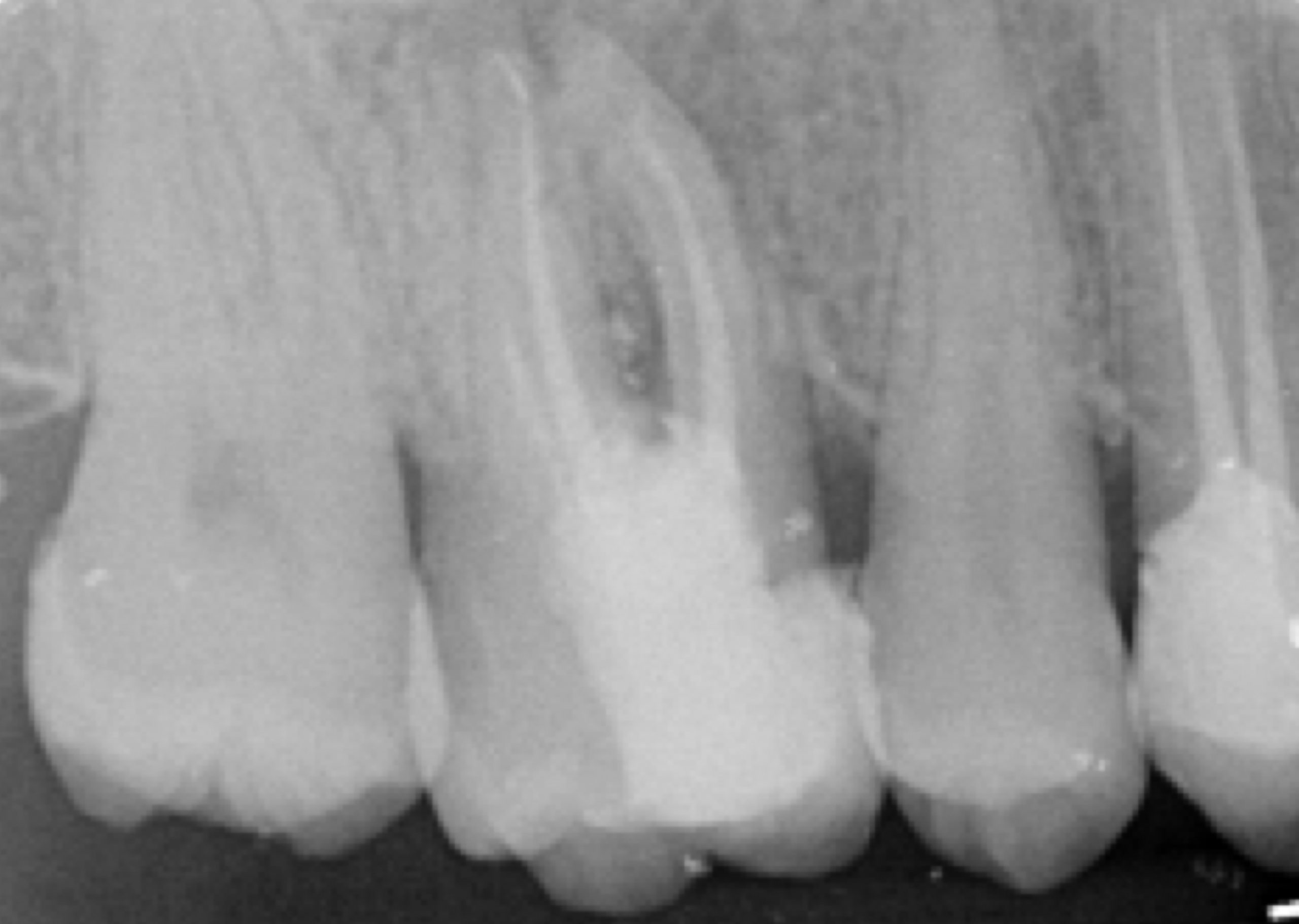 Management of a retreatment case with multiple endodontic mishaps
Management of a retreatment case with multiple endodontic mishaps
Endodontic mishaps can interfere with the healing process of the body and can result in failure of the root canal treatment if not taken care of. Perforation, if present should […]
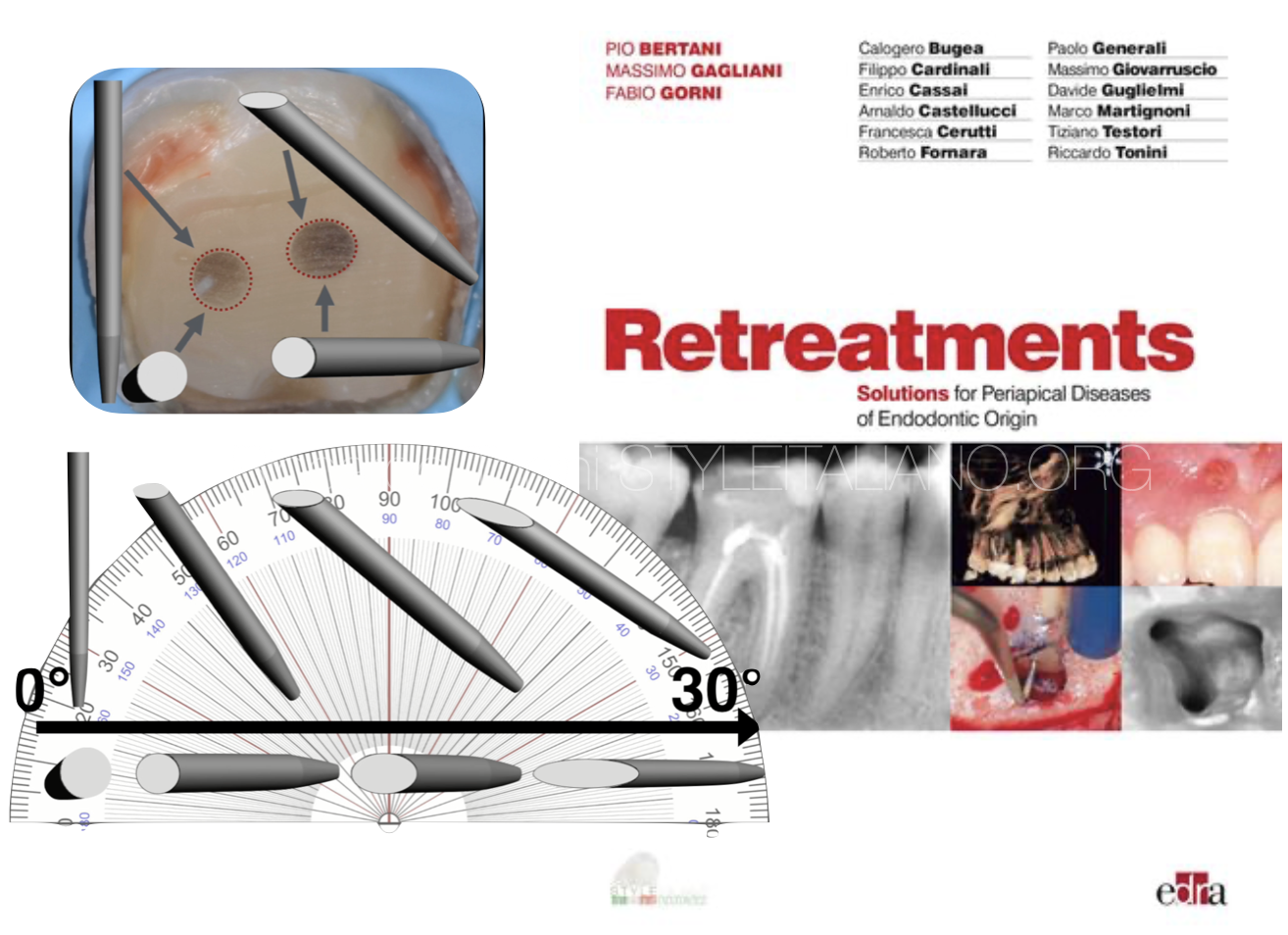 Fiber post removal: don't miss the post
Fiber post removal: don't miss the post
Fiber post removal is a first necessary step in order to gain the access to the root canals and retreat them. Many techniques have been suggested, but in this article […]
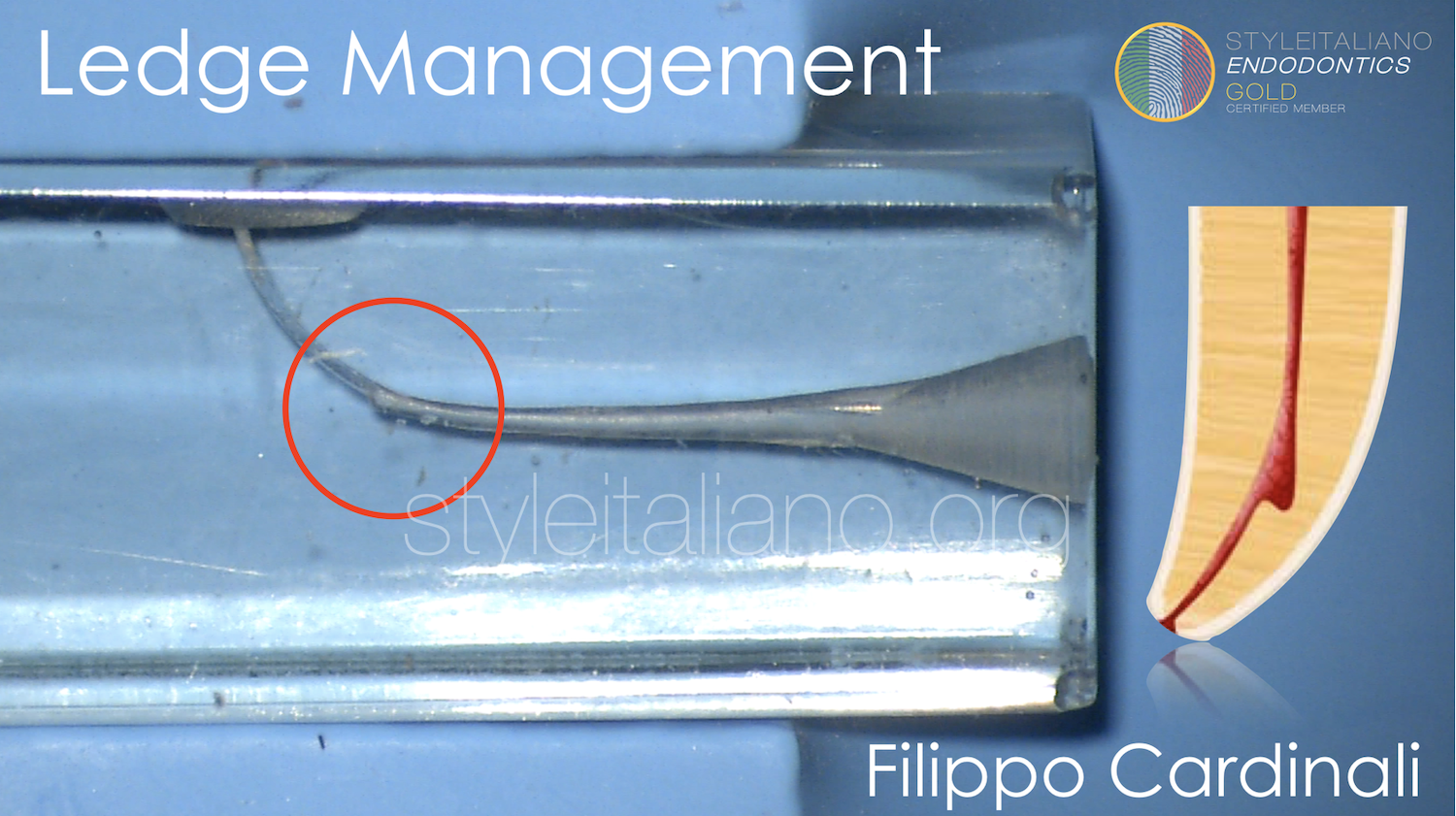 How to manage ledges using rotary files
How to manage ledges using rotary files
Ledge creation is one of the most common iatrogenic damages during the shaping. As Clinicians we do prevent ledge creation using a “sweet” approach to the Endodontic anatomy during the […]
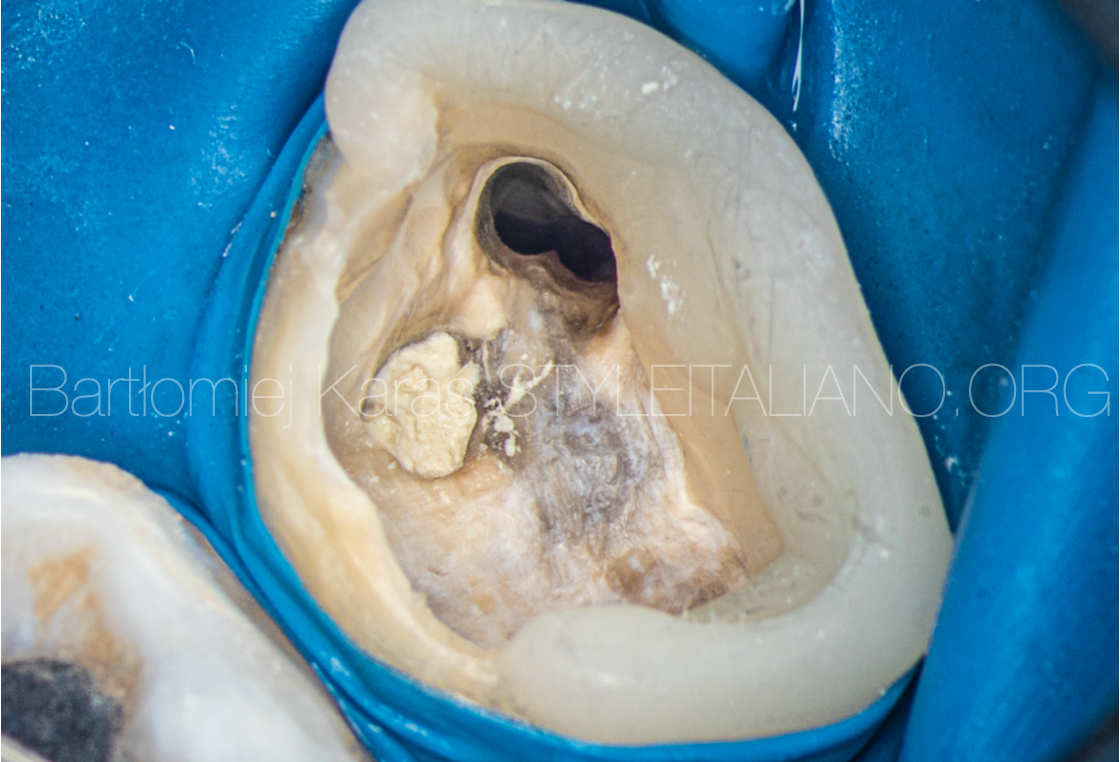 Root perforation management
Root perforation management
This article is a short summary and a guideline for all dentists who want to manage different types of root perforation in an easy and predictable way. This article will […]
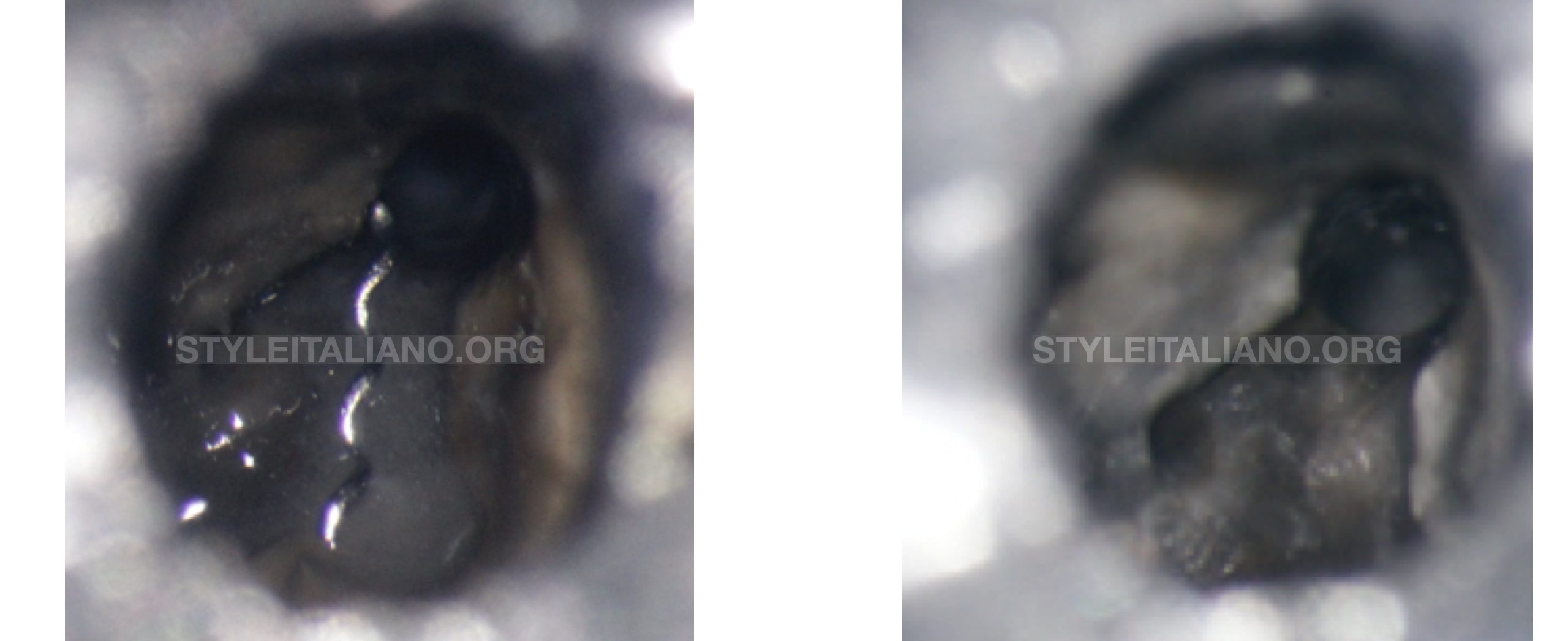 Non surgical management of full-crown restored with symptomatic apical periodontitis: A case report
Non surgical management of full-crown restored with symptomatic apical periodontitis: A case report
The reason for performing a primary root canal treatment or a retreatment without dismantling a full crown coverage should be very well considered. It is doubtless that any coronal restoration […]
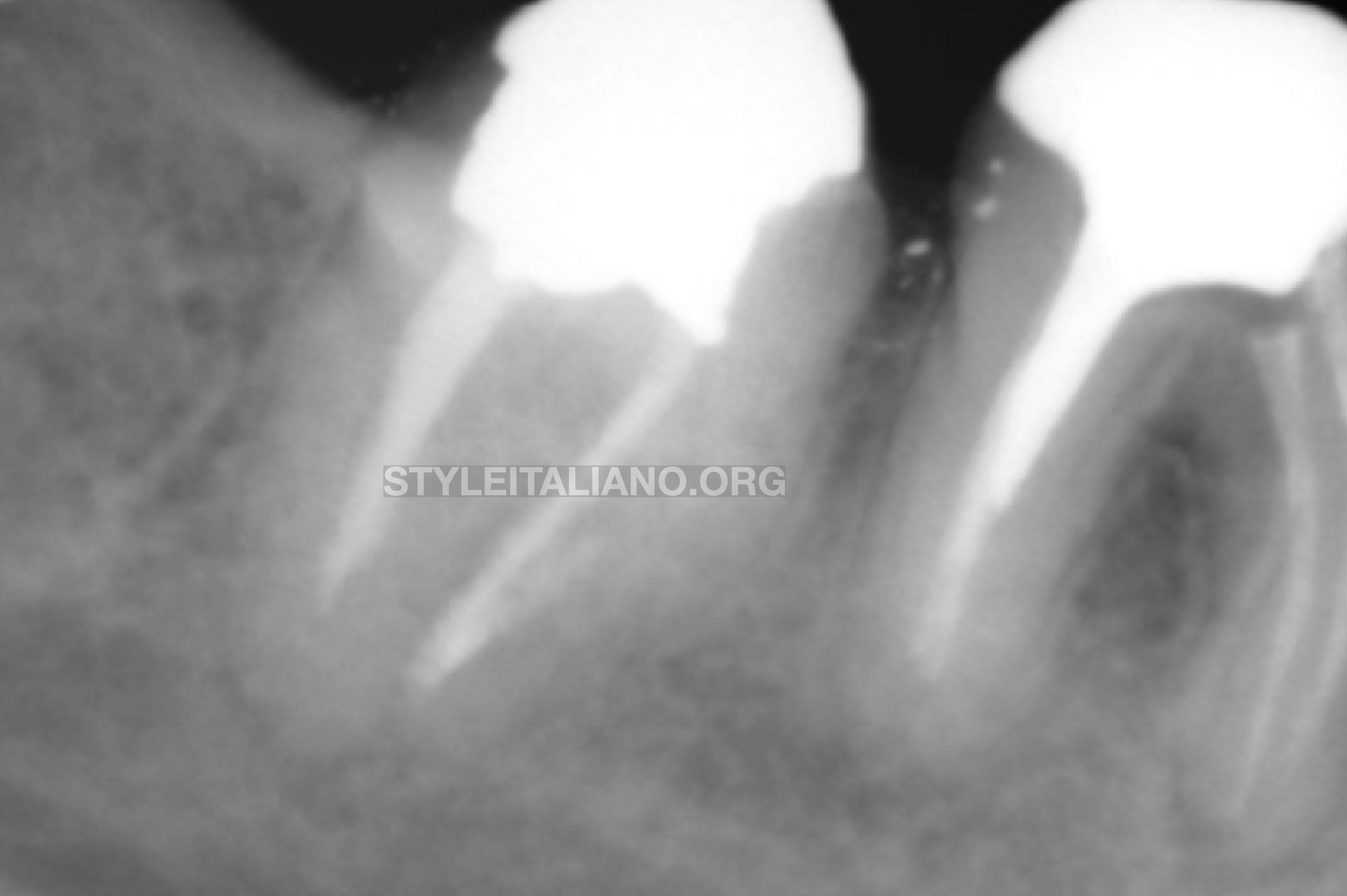 Removal of an Anatomic Post and Core A Case Report
Removal of an Anatomic Post and Core A Case Report
Different types pf posts can be placed during restorative procedures; prefabricated ones such as the screw posts, the paraposts or more recently the ceramic post and fiber posts, or the […]
 Non surgical retreatment after surgical treatment of a maxillary central incisor
Non surgical retreatment after surgical treatment of a maxillary central incisor
Nowadays in our practices we can witness a lot of unsuccessful RCT. Sometimes we also can see surgical treatments which are failing . When planning the treatment we should keep […]
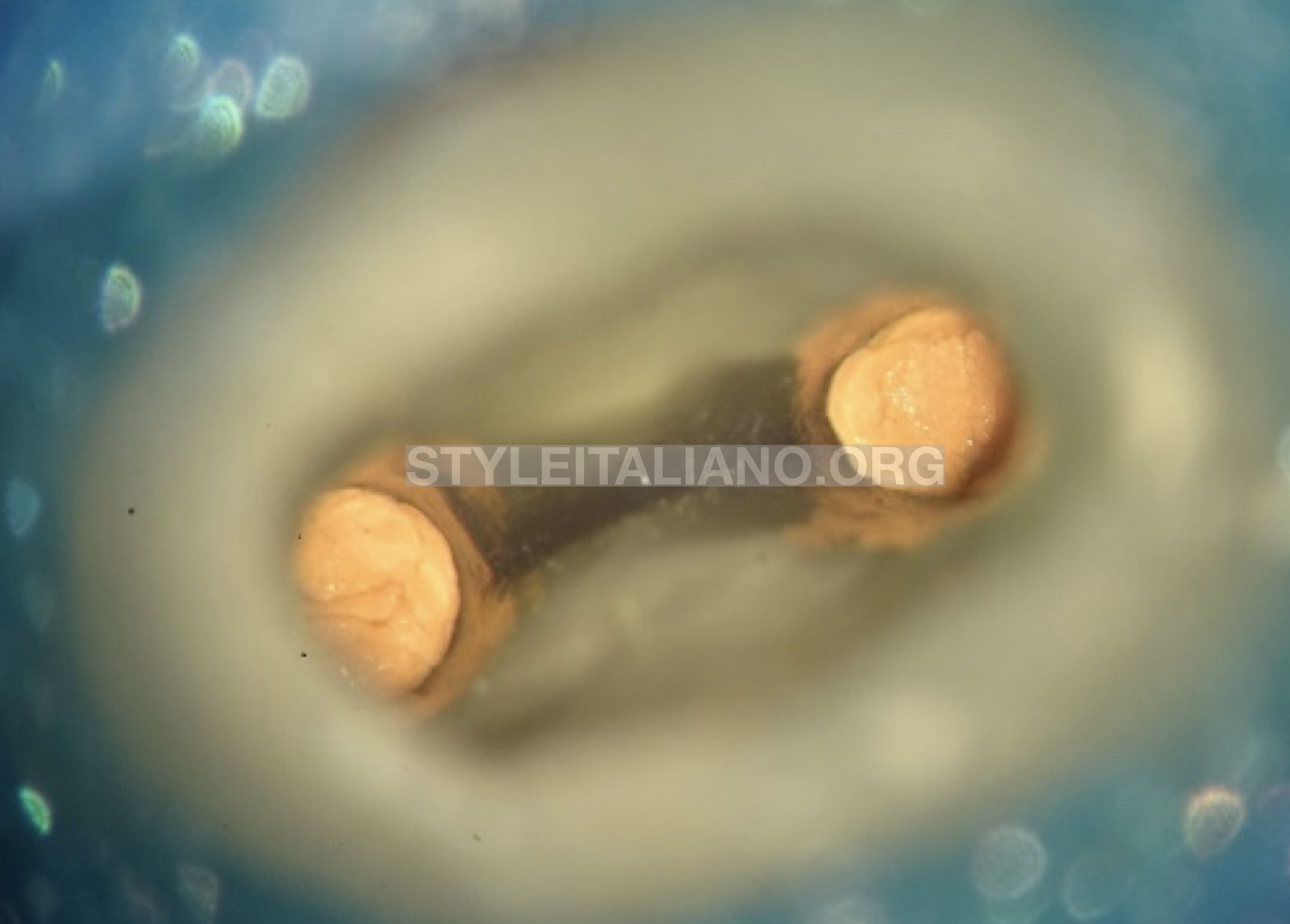 Re-treatment of Upper right Second Premolar
Re-treatment of Upper right Second Premolar
Success of Endodontic therapy depends upon the triad of thorough cleaning and shaping, disinfection & adequate obturation up-to the calculated working length of the root canals. Failure to follow the […]
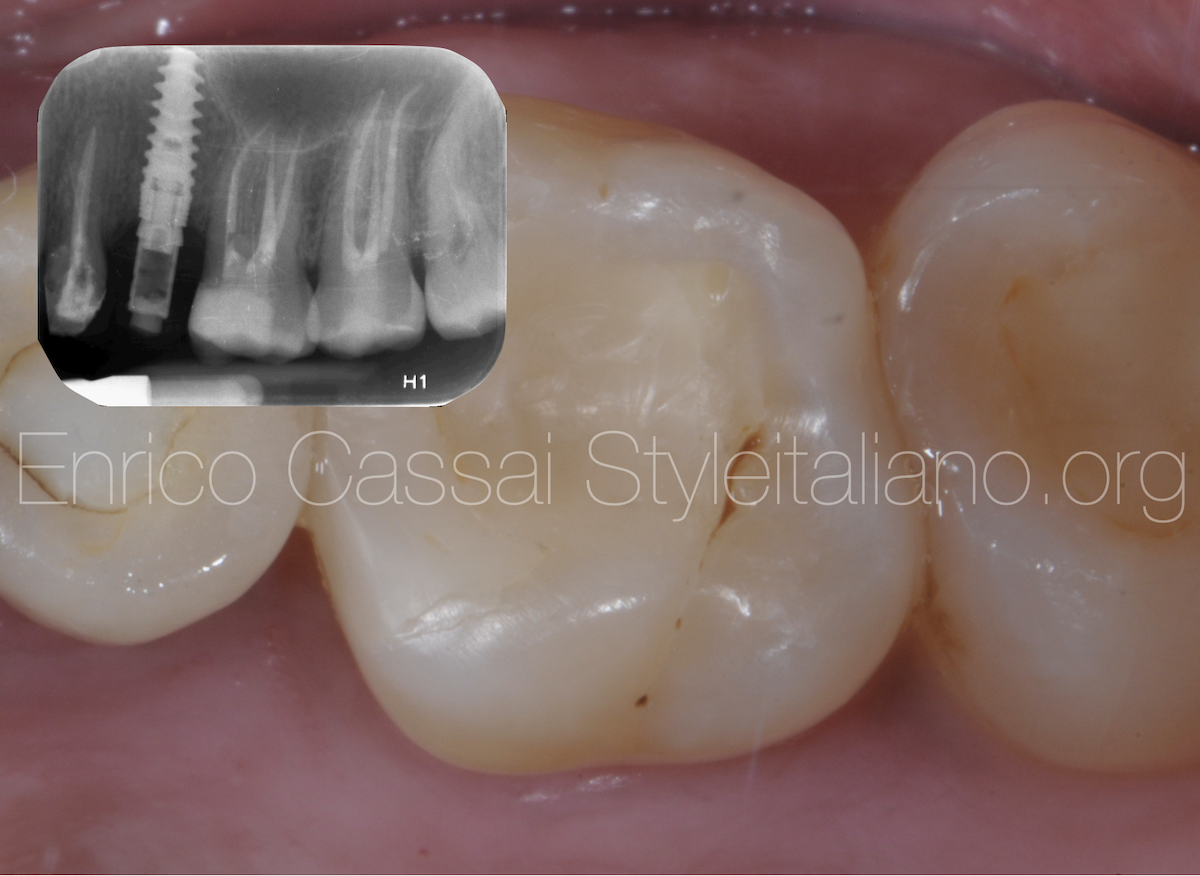 Redefining the access in retreatments: Part II of V
Redefining the access in retreatments: Part II of V
One of the most important steps of the endodontic therapy is the execution of the access cavity. Very often the failure of the therapy arises from an incorrect realization of […]